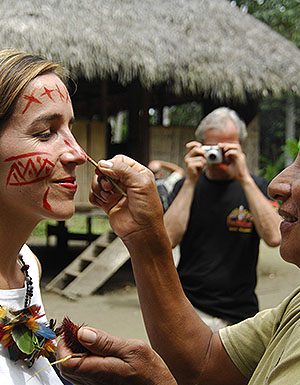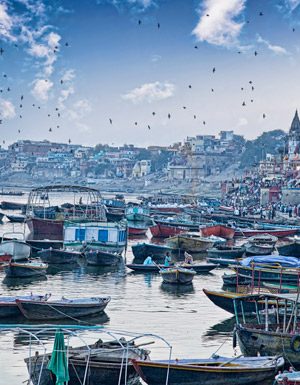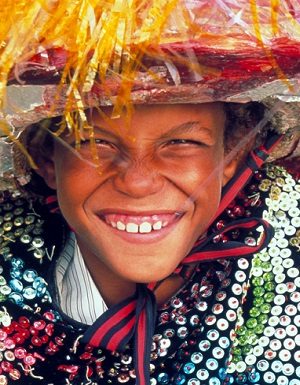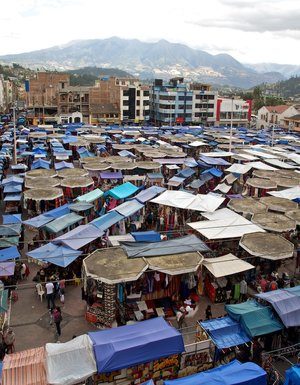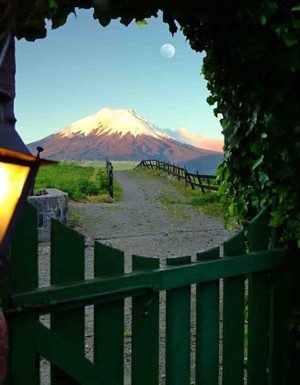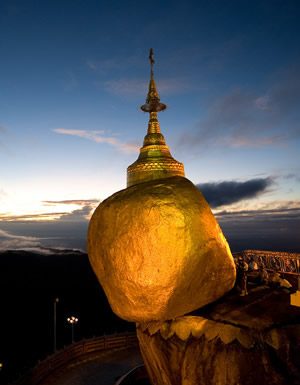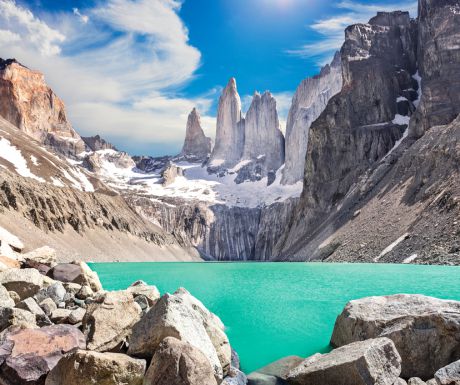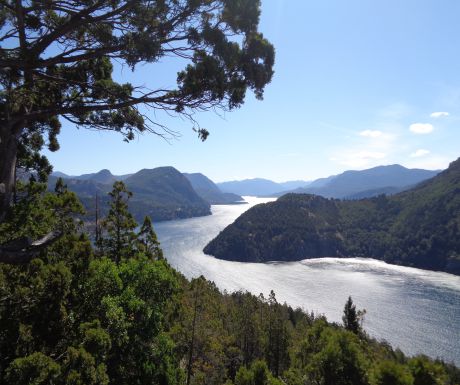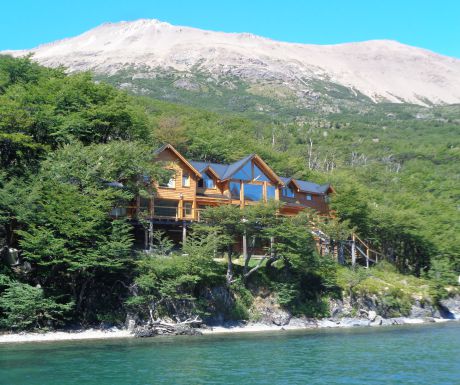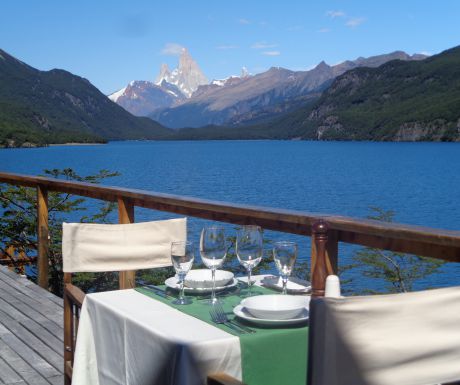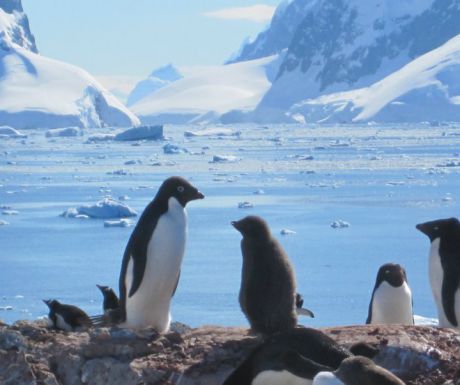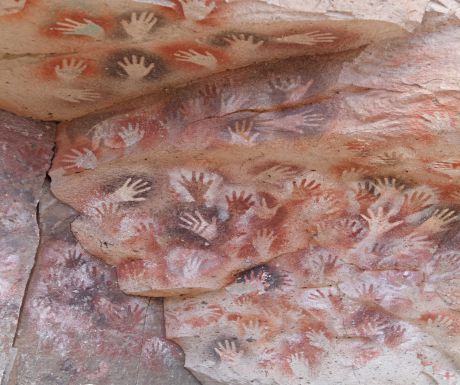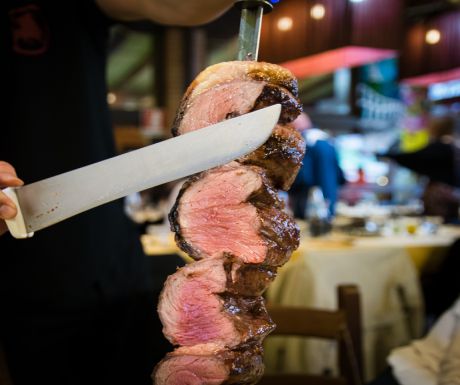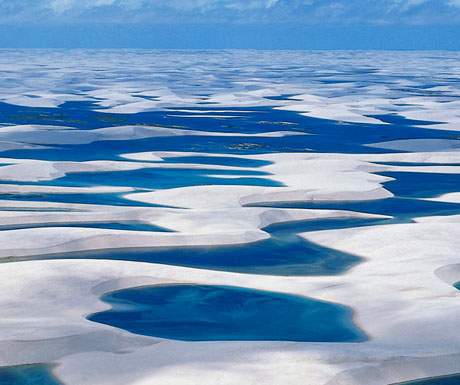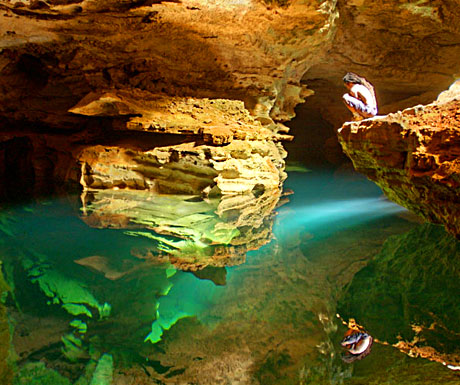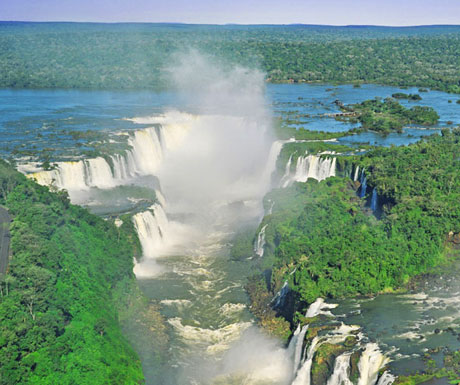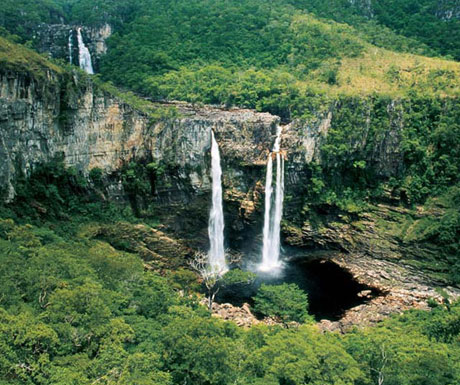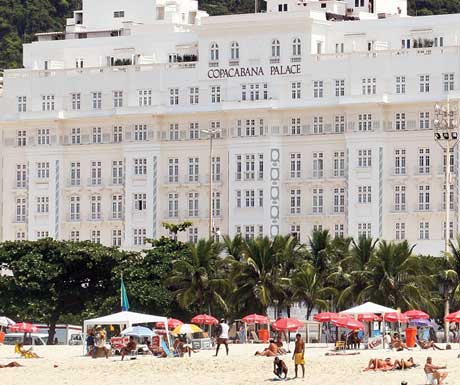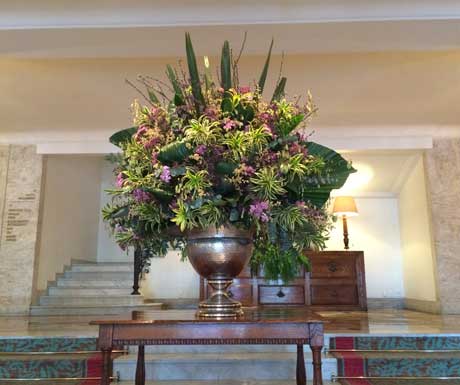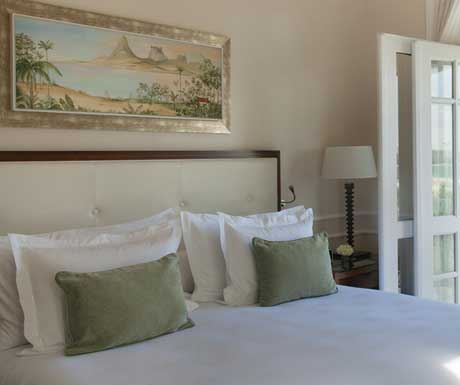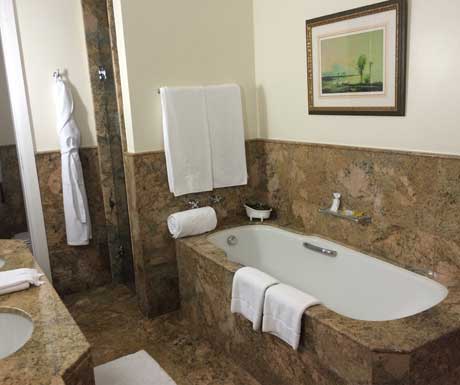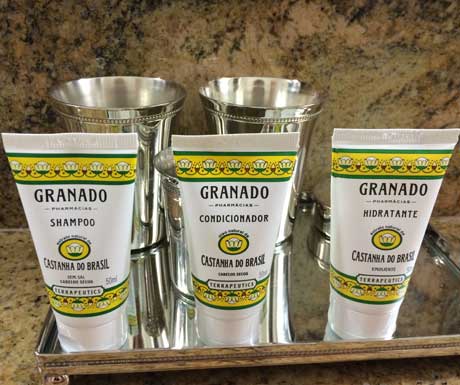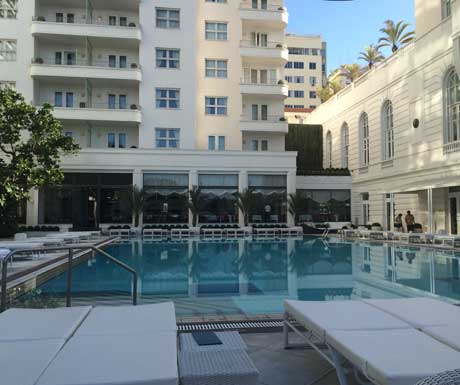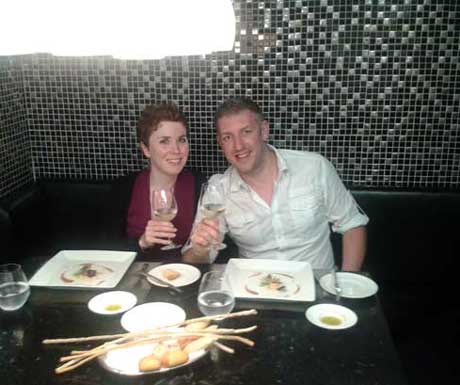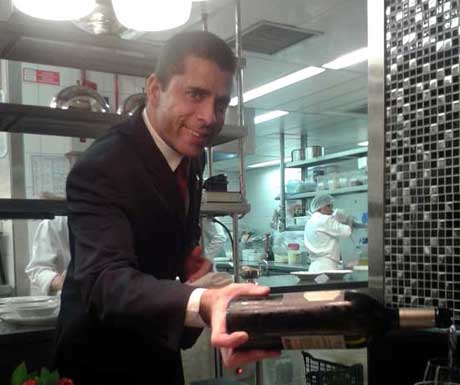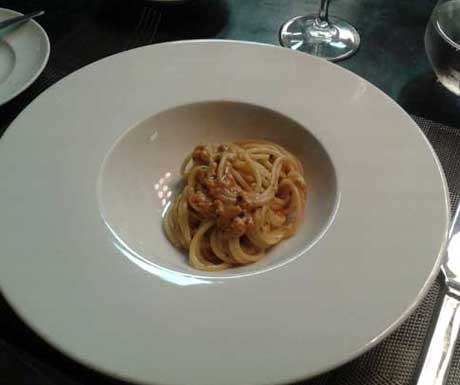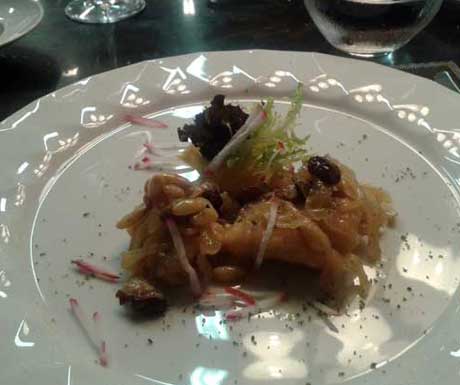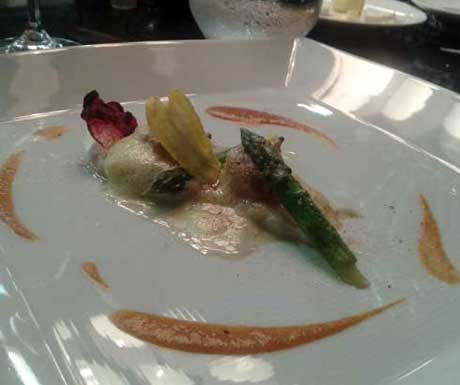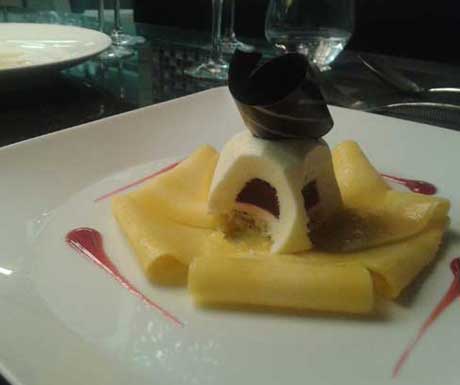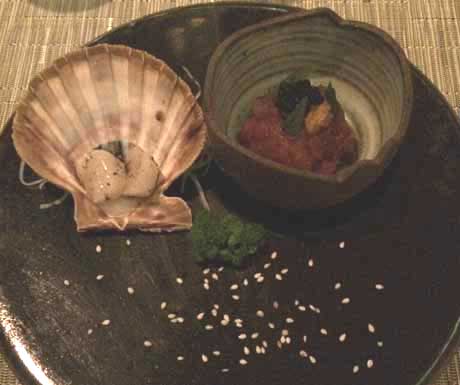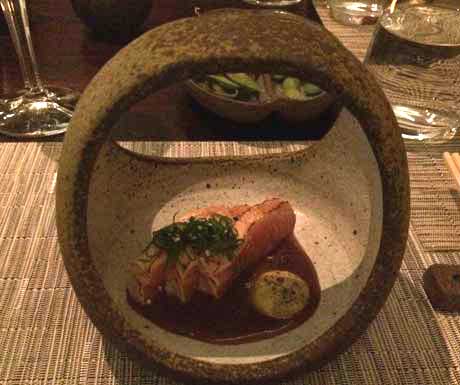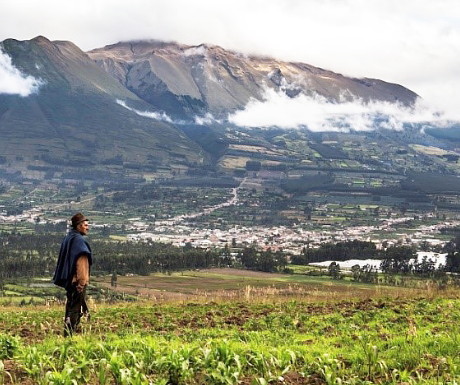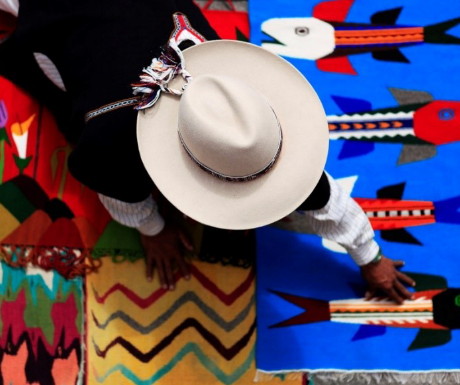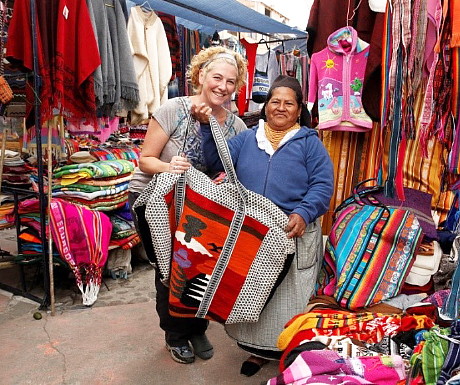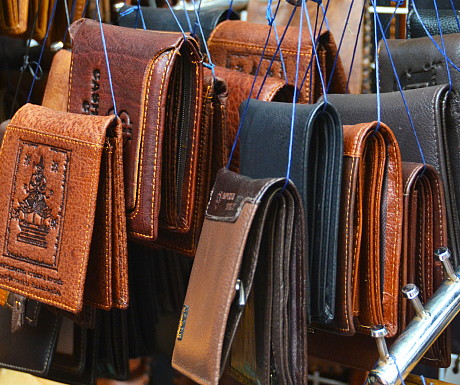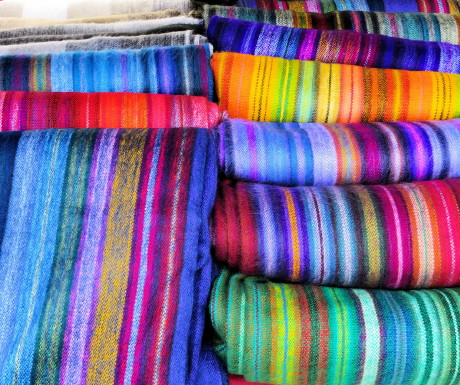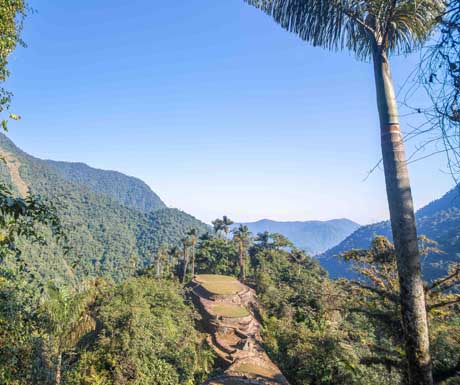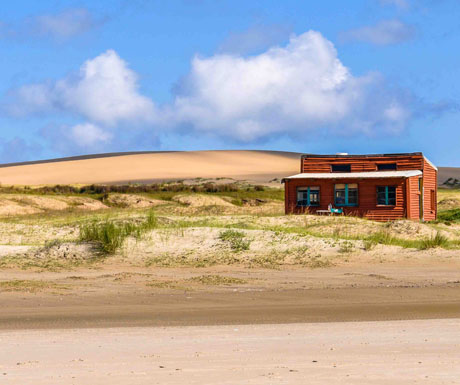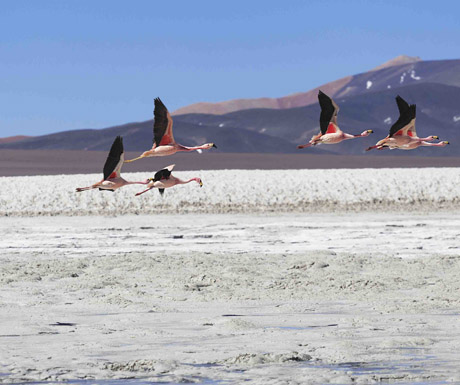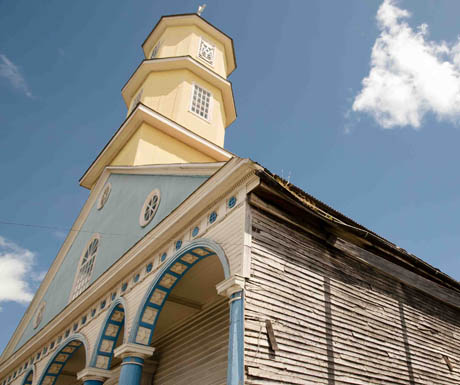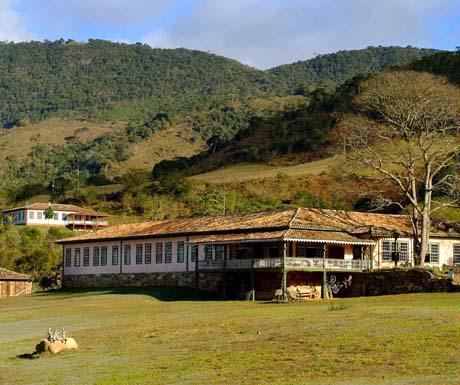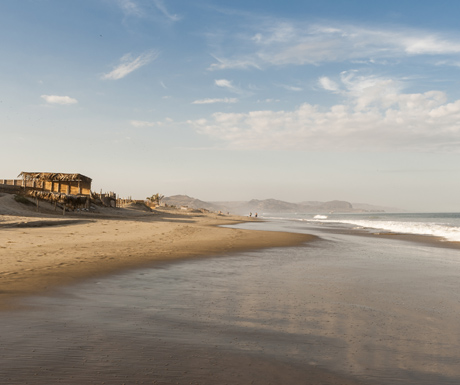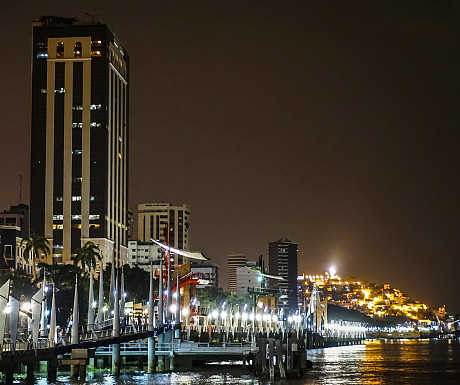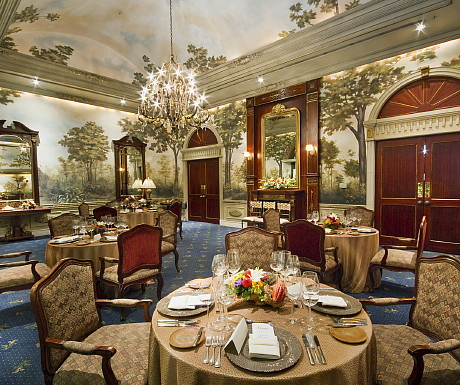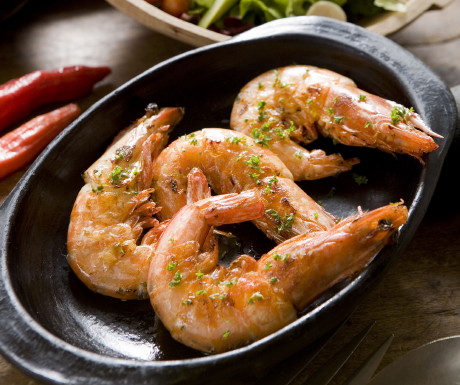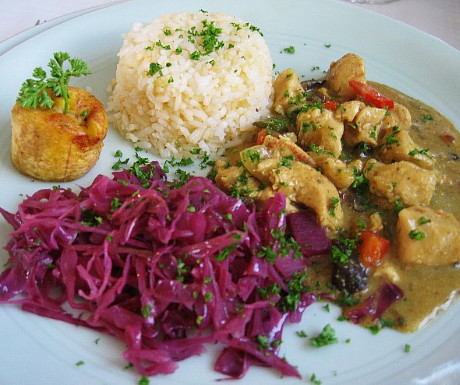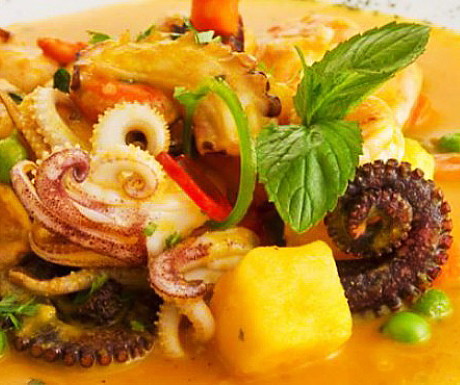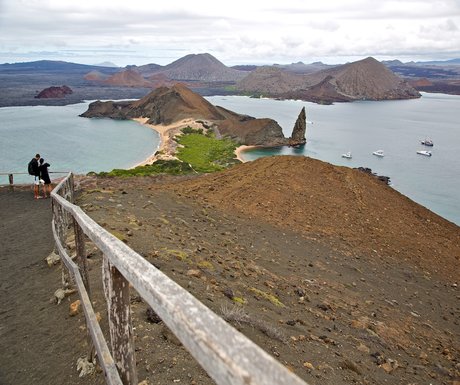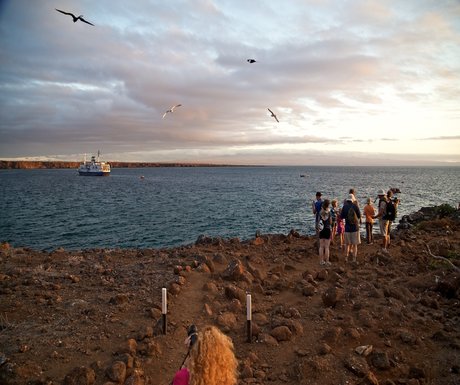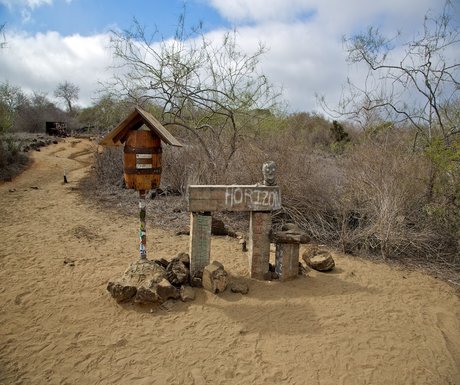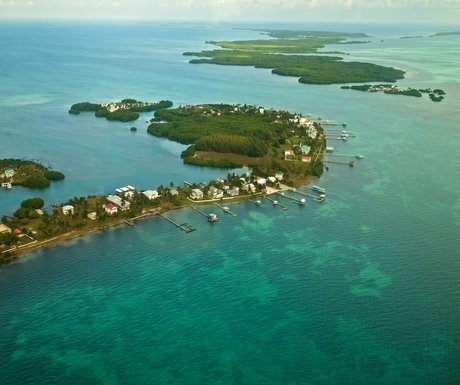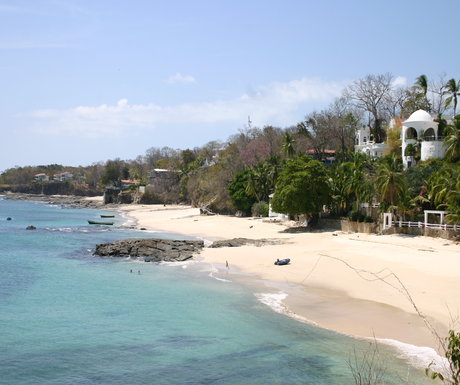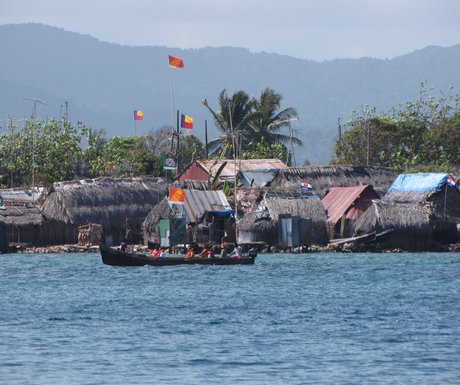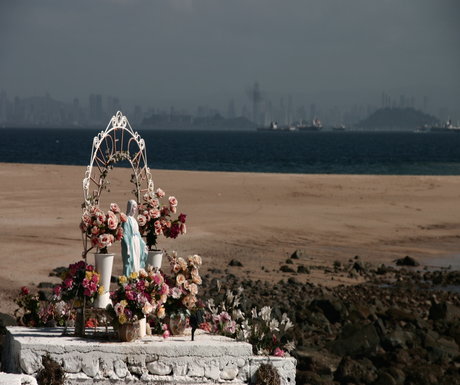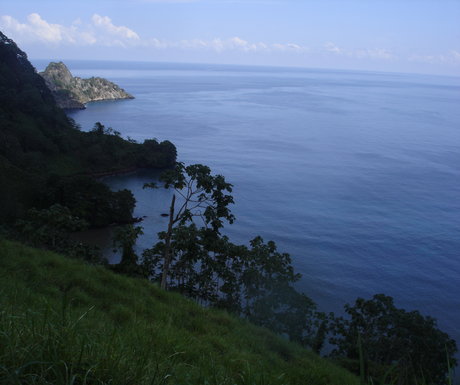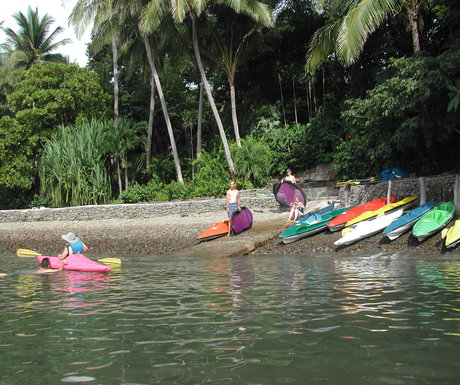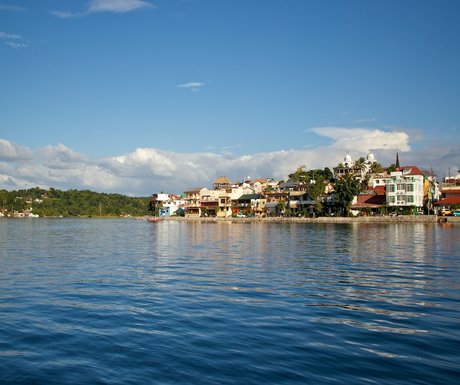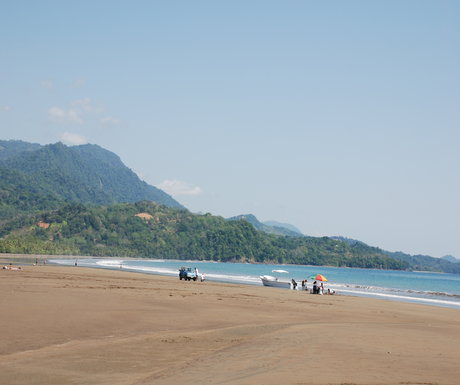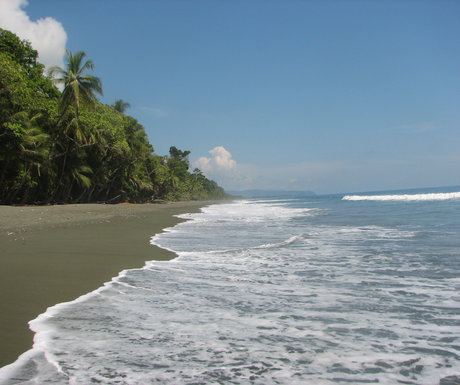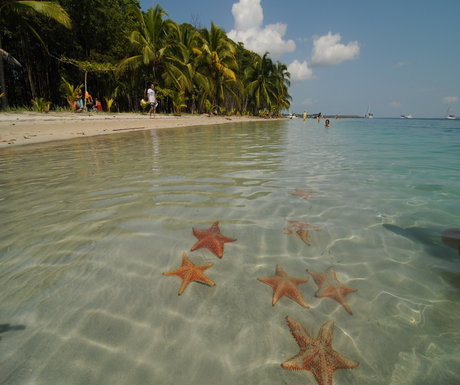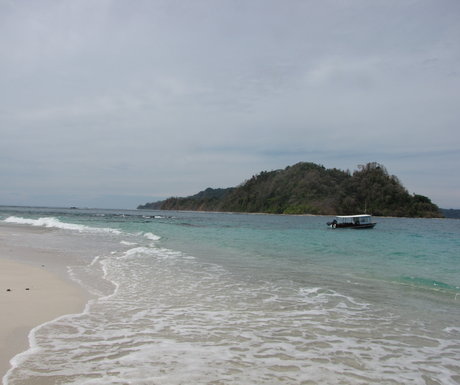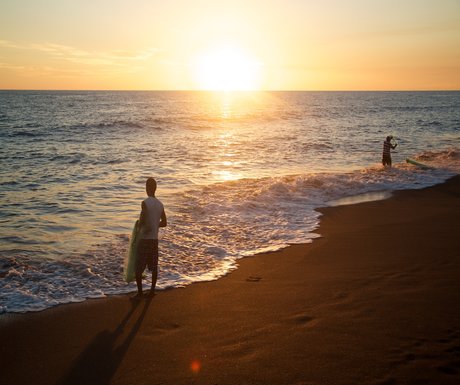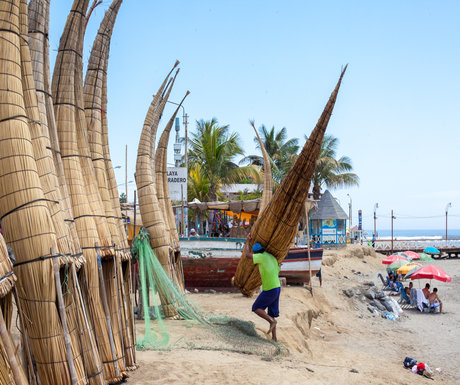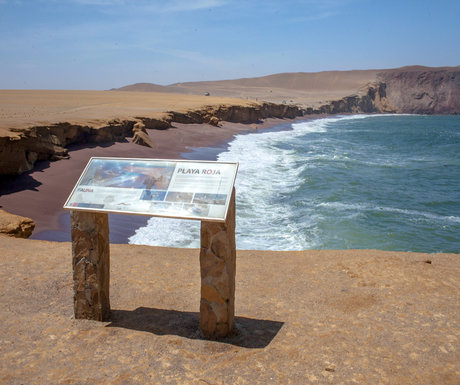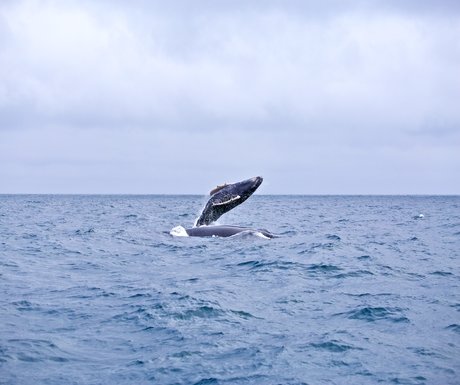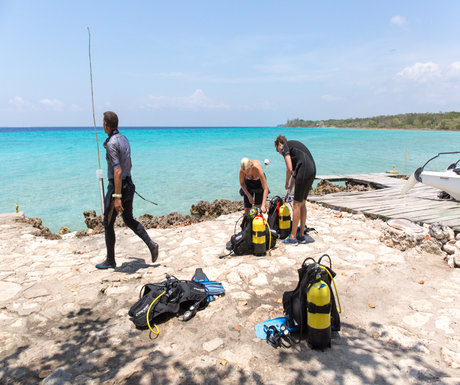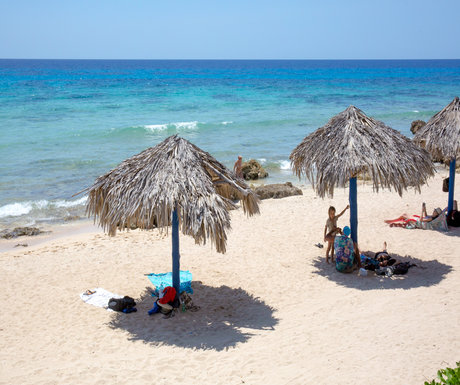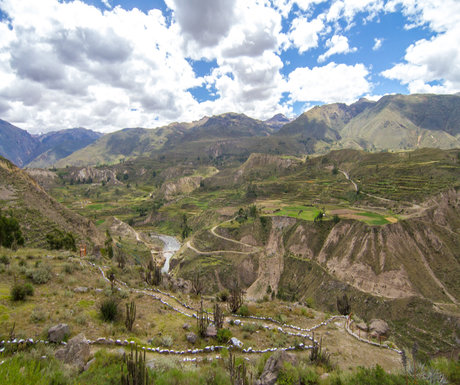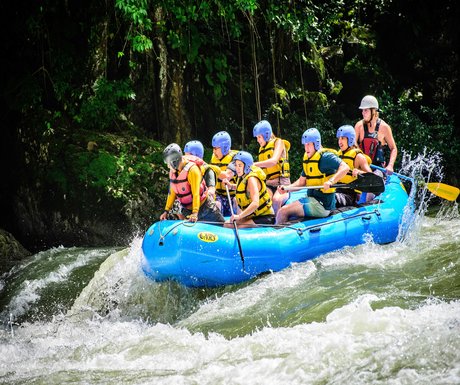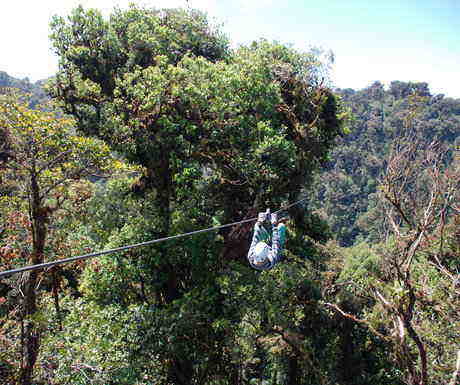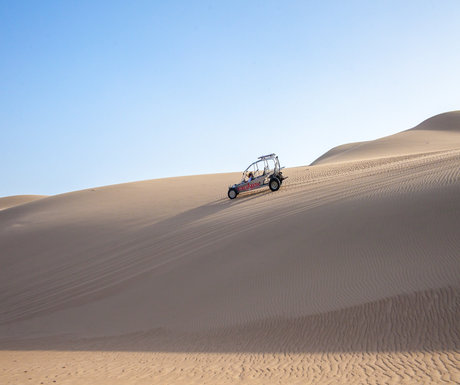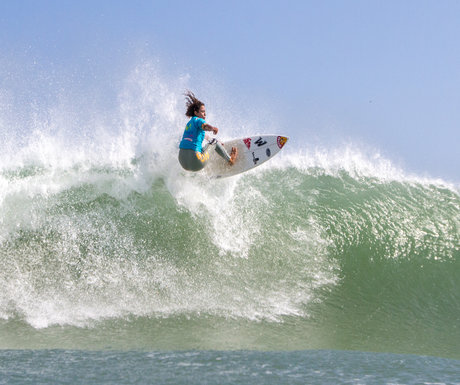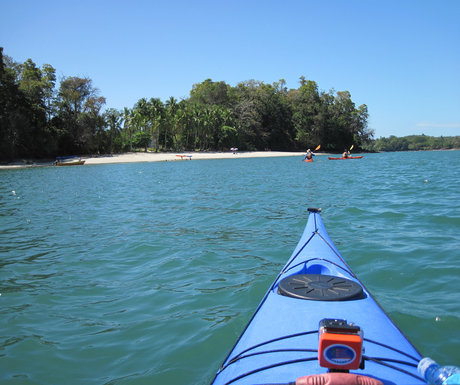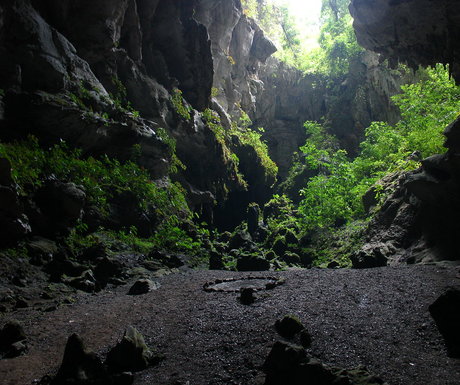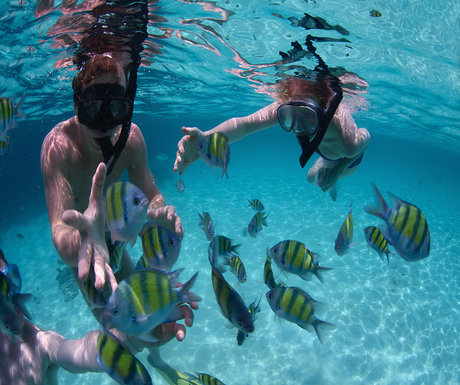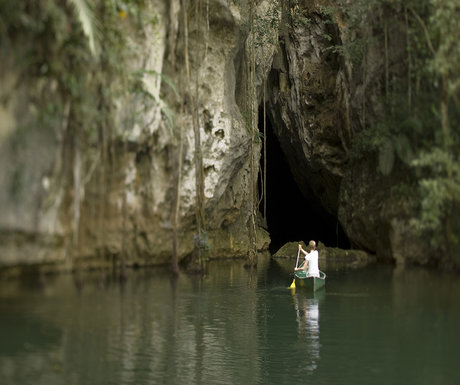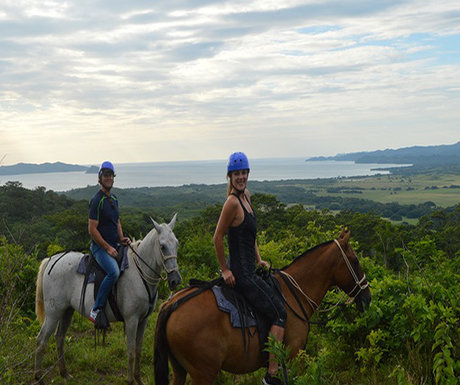Your honeymoon is the chance for you and your soul mate to deepen your bond with each other as you begin your life together. To help you and your new spouse find the ultimate, most unforgettable experience for your postnuptial getaway, we have generated a short-list of six (6) of the most memorable, romantic and exotic honeymoon destinations in South America.
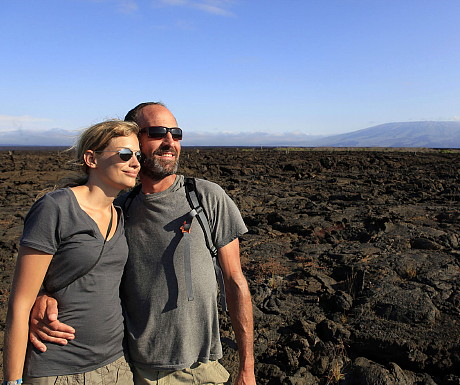
These are top-of-the-line honeymoon resorts where romance abounds, as you’ll find endless ways to enjoy your time together. These are places where you can stay in luxurious suites, go on sun-drenched cruises, share intimate candlelit diners under the heavens, as well as stroll hand-in-hand along pristine white-sand beaches or enjoy pampering-for-two amidst a rich panorama of tropical scenery.
But where are these destinations? You may be surprised that all of these can be found in the tiny South American nation of Ecuador (in its Andean and Amazon regions, as well as in its Galapagos Islands). Here, you can discover unparalleled romantic destinations that will be etched in your memories forever.
Let the honeymoon begin!
THE GALAPAGOS ISLANDS
The stuff honeymoon fantasies are made of, the Galapagos Islands is a place where youll find crystal-clear waters filled with curious sea lions, picturesque highlands brimming with exotic wildlife, and luxury accommodations characterized by their style and sheer comfort. Its no wonder that this archipelago was recently nominated as South Americas Leading Travel Destination for 2016 by the World Travel Awards. For honeymooning in the Galapagos Islands, we have two suggestions for your accommodations: One based on land, and a second on board a luxury motor catamaran.
1. Pikaia Lodge
Given its central location in the Galapagos archipelago, the Pikaia Lodge has developed a land-based day-tour concept whereby you spend your nights in distinctly upscale accommodations and travel by day to nearby islands to discover secluded white sandy beaches and outlandish wildlife.
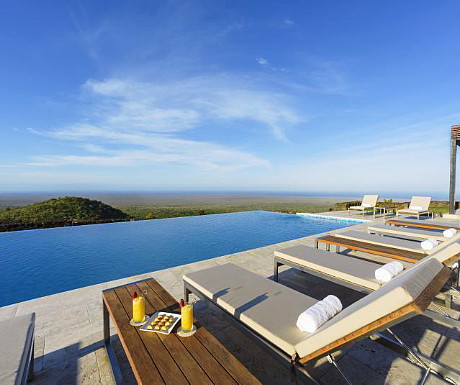
As honeymooners, you can choose either 3-, 4- or 7-night exploration packages (in addition to an 11-day Land & Sea Safari). Any one of these will allow you to explore everything from astounding lava tunnels to playful sea lions during your trip on board the lodges 100-ft luxury yacht while led by experienced and knowledgeable guides. Notwithstanding the lodges proximity to other islands, you and your new spouse can also share in the pristine white-sand beaches near the lodge itself. In addition, as the Pikaia Lodge has its own private tortoise reserve on its grounds, you will come face to face with wild Galapagos Giant tortoises just steps from your room.
2. Athala Motor-Catamaran Galapagos Cruise
As honeymooners, you will want to avoid the crowds but still enjoy lots of personalized attention, which means the luxury Athala catamaran is just the thing for your Galapagos cruise.
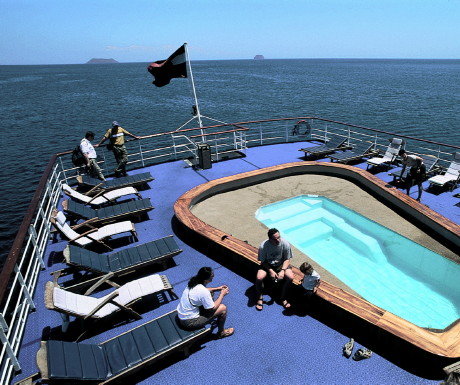
This intimate, 16-passenger luxury catamaran features eight incredibly spacious cabins four with private balconies which will make it feel a like youre cruising on your own chartered yacht. All of the staterooms feature large picture windows and queen-sized beds, while the Athala IIs upper deck features a bar and an attractive open area for relaxation and al fresco dining. As a couple, you will find the sundeck great for dolphin- and whale-watching, or simply relaxing together in the Jacuzzi. And as the Athala II is one of the fastest ships in the islands, you will have more time to enjoy all the marvels the islands have to offer. In addition to daily hikes to some of the islands most spectacular spots, you are invited to paddle a two-seater sea kayak, snorkel with a host of aquatic Galapagos friends (penguins, sea lions and others), or simply stretch out together on the beach.
THE ECUADORIAN AMAZON
Visiting a jungle eco-community is a mesmerizing experience. For honeymooners who want to experience this but without all the hassle a handful of Amazonian lodges exit that provide high-end amenities and services that focus on the complete comfort of their guests. Two of the lodges that we suggest are the easy-access Hamadryade Lodge and the more remote, but top notch, Napo Wildlife Center.
3. Hamadryade Lodge
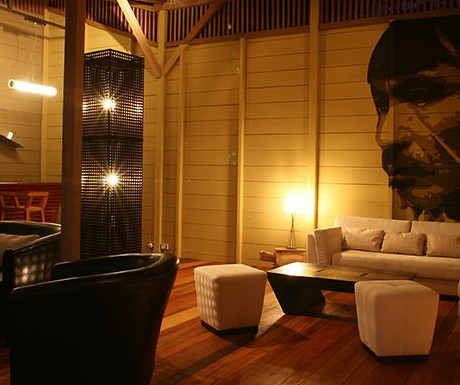
This French-owned and managed lodge provides a great opportunity to combine an Amazonian experience with luxury and style. Situated at only a 3-1/2-hour drive from Ecuadors capital city of Quito, here a couple can find adventure in the heart of the jungle while availing themselves of the pleasures of the lodges exclusive, imminently private and spacious bungalows. Though located in the Amazonian rainforest, the lodges ecosystem is very different than those in lower basin regions, as the climate remains pleasant all year round: 75°F on average. The bungalows spacious showers feature natural stones for a private and soothing experience, while large windows (with beautiful views), Italian linen and luxurious bathrooms all contribute to mixing style and comfort with adventure. Such adventure is found in unique opportunities to discover the Amazon rainforest through a wide range of activities from hikes beneath the primary and secondary canopy, specialized tours (ornithology, entomology and others) to visits to Kichwa and Waorani communities, in addition to shorter walks to discover magnificent jungle waterfalls and lagoons, night walks to discover the nocturnal wildlife; and canoe, kayaking and whitewater rafting/tubing trips. After a long day spent rafting or exploring nearby caves and waterfalls, the lodges three-course candlelight dinner feels like fine dining though served in the middle of the worlds most famous jungle. And for those guests requiring deeper relaxation, theres an on-site massage hut.
4. Napo Wildlife Center
The sole lodge on the majestic Napo River located within the famed Yasuni National Park (in northeastern Ecuador), the Napo Wildlife Lodge is an award-winning lakeside eco-lodge that’s owned and managed by the local Añangu Kichwa indigenous community.
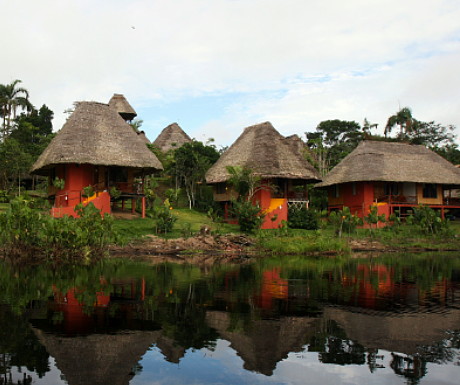
Though constructed according to traditional architectural principles but with all the modern conveniences the Napo Wildlife Center Lodge consists of 16 luxury thatched bungalows, each with a private bathroom, insect screens, mosquito nets, and lakefront and forest views. The lodges social areas include a large open-air restaurant/dining area, a reading room and a well-stocked bar. Theres even Internet access, which is remarkable given the location. To help get your head around the Amazon, there are also two observation towers: a15-meter-high (50-foot) viewing tower and a 36 meter (120-foot) stainless steel canopy tower, which both will allow the two of you to observe the wildlife above the forest floor.
THE ECUADORIAN ANDES
For hopelessly romantic and adventurous couples, there’s no shortage of challenges in the Ecuadorian Andes. Trekking, horseback riding, mountain climbing, river rafting, birdwatching and countless other activities can be shared in one of the most awe-inspiring regions of South America. The two experiences we recommend are Hacienda Rumiloma (perched above Quito at an altitude of 2-miles above sea level) and San Agustin de Callo (a working hacienda located at the foot of the worlds largest active volcano).
5. Hacienda Rumiloma
Situated on a 100-acre estate in an Andean cloud forest, on the slopes of the Pichincha Volcano and overlooking the city of Quito, Hacienda Rumiloma is known for its electrifying mix of Ecuadorian tradition and sophisticated international tastes qualities embodied in everything from its menu to its eclectic interiors, the personalities of the owners, and the warmth of the local staff.
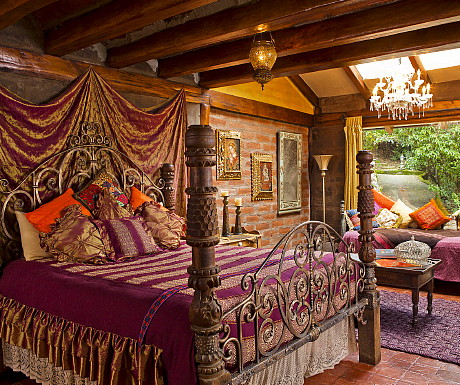
The hacienda has several cozy sitting rooms that are perfect for relaxing after a long day of touring the citys historic district (only a 10-minute taxi ride away) or for just enjoying an after-dinner drink while gazing out over the lights of the city to the Amazon jungle beyond.
You can choose from among the Rumilomas seven spectacular suites, each featuring a unique mix of antiques, arts and crafts from the farthest corners of Ecuador. The bathrooms are stunning in that they possess antique bathtubs, bronze sinks and hand-painted lavatories. All suites have large bedrooms, sitting rooms, indoor gardens and/or terraces and of course the best views anywhere in Quito. The Rumilona is surrounded by nearly 100 acres of land with walking trails, flora and local animal life. The main building houses an outstanding restaurant featuring home-style fusion cuisine, though a private luxury dining room is available for serving up to 16 people. The bottom floor has been converted into an intimate Irish/Ecuadorian pub, complete with a walk-in fireplace, while the cellar holds more than 200 bottles of the finest selections from Argentinean, Spanish, Chilean and Italian vineyards.
6. Hacienda San Agustin de Callo
Just an hour from Quito near the entrance of Cotopaxi National Park, Hacienda San Augustin de Callo lies within its very own country estate and was built on the actual site of an Inca temple. Where else can a newlyweds dine within still-standing Inca walls, complete with the niches that held statues of their ancestral gods? In fact, this hacienda is the farthest point north of Cusco (Peru) that features Imperial Style Inca construction. In the main building (the Inca House) is the dining room and the lounge that looks out onto a beautifully tended garden; the rooms are located either around the courtyard or in separate lodges close by. Plus, there’s a lovely small chapel where weddings are held which is also an option.
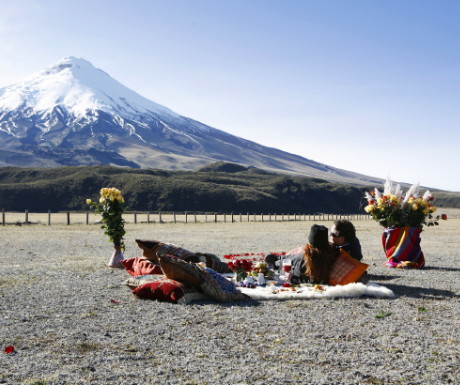
On a clear day here, it seems as if you could stretch out and touch Cotopaxi Volcano, it looks so close. In addition, a vehicle can take you up to the Cotopaxi base camp situated at 4,800 meters (15,700 ft.) above sea level, where you can start an extraordinary downhill mountain-biking experience that ends at the parks entrance. Similarly, the hacienda is surrounded by páramo (grassland highlands) that are ideal for hiking. Guided trekking tours can be arranged with professional guides up the rather steep ascent on the southern side of Cotopaxi. Likewise, one of the most exciting activities offered is horseback riding, suitable for novices as well as experienced riders, and nearby you can find romantic rose plantations that can be visited by foot or on bicycle.
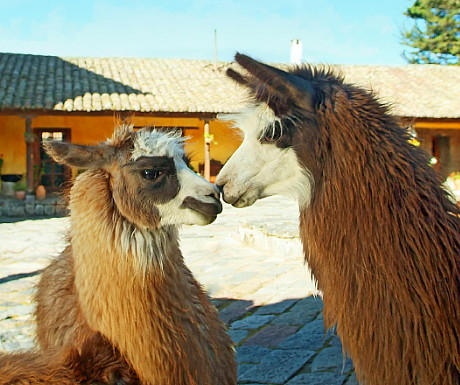
Alfonso Tandazo is President and CEO at Surtrek Tour Operator.
If you would like to be a guest blogger on A Luxury Travel Blog in order to raise your profile, please contact us.


